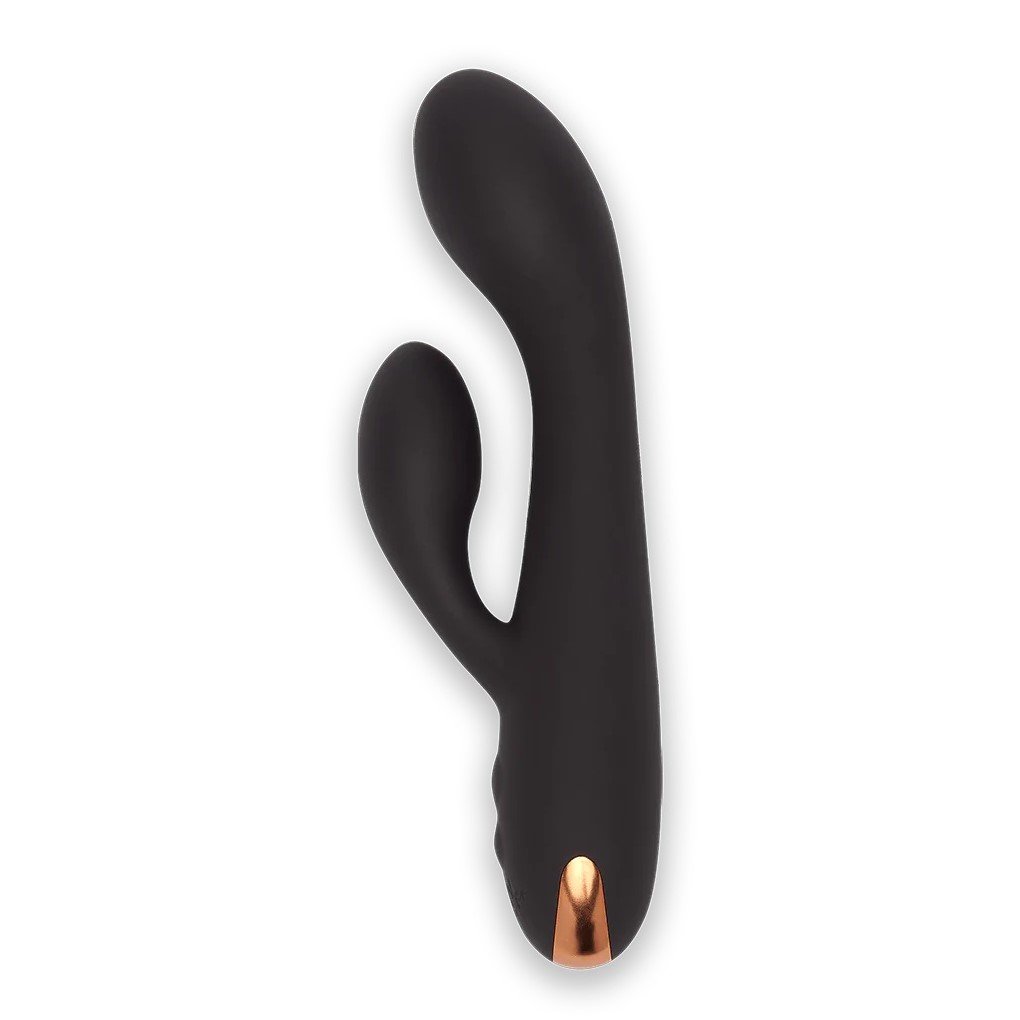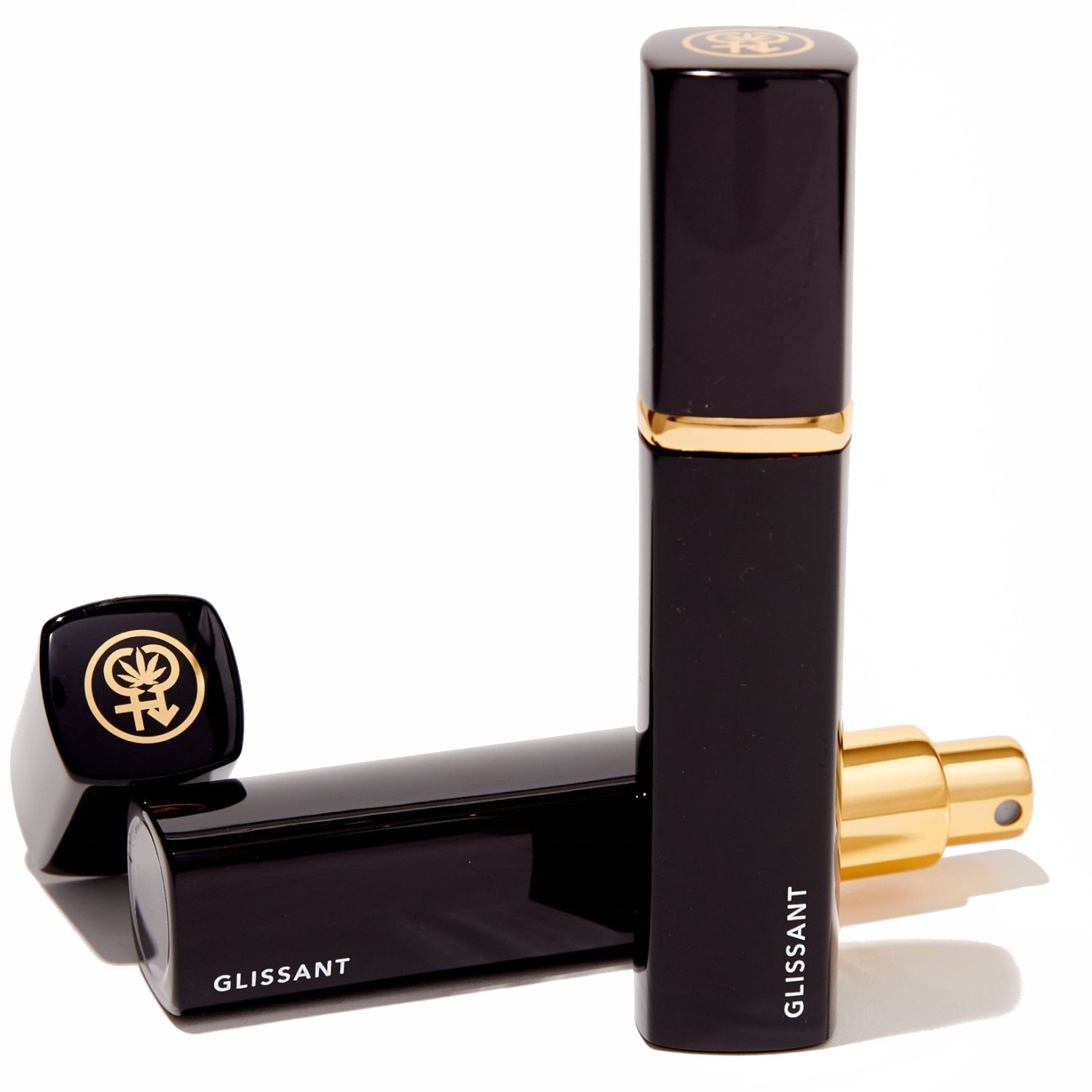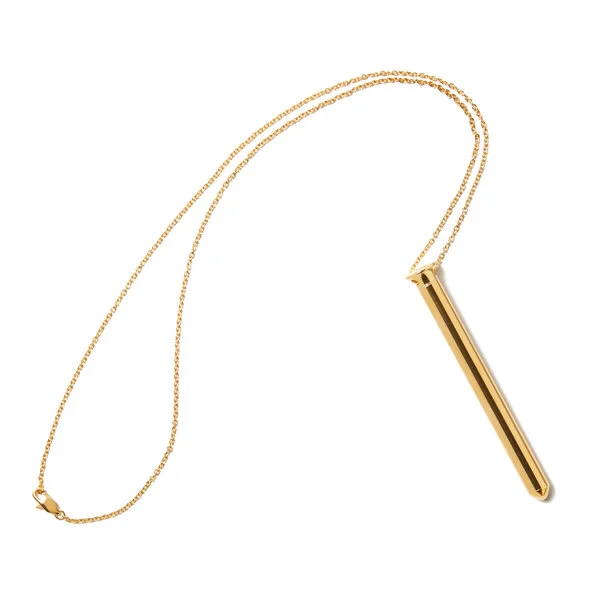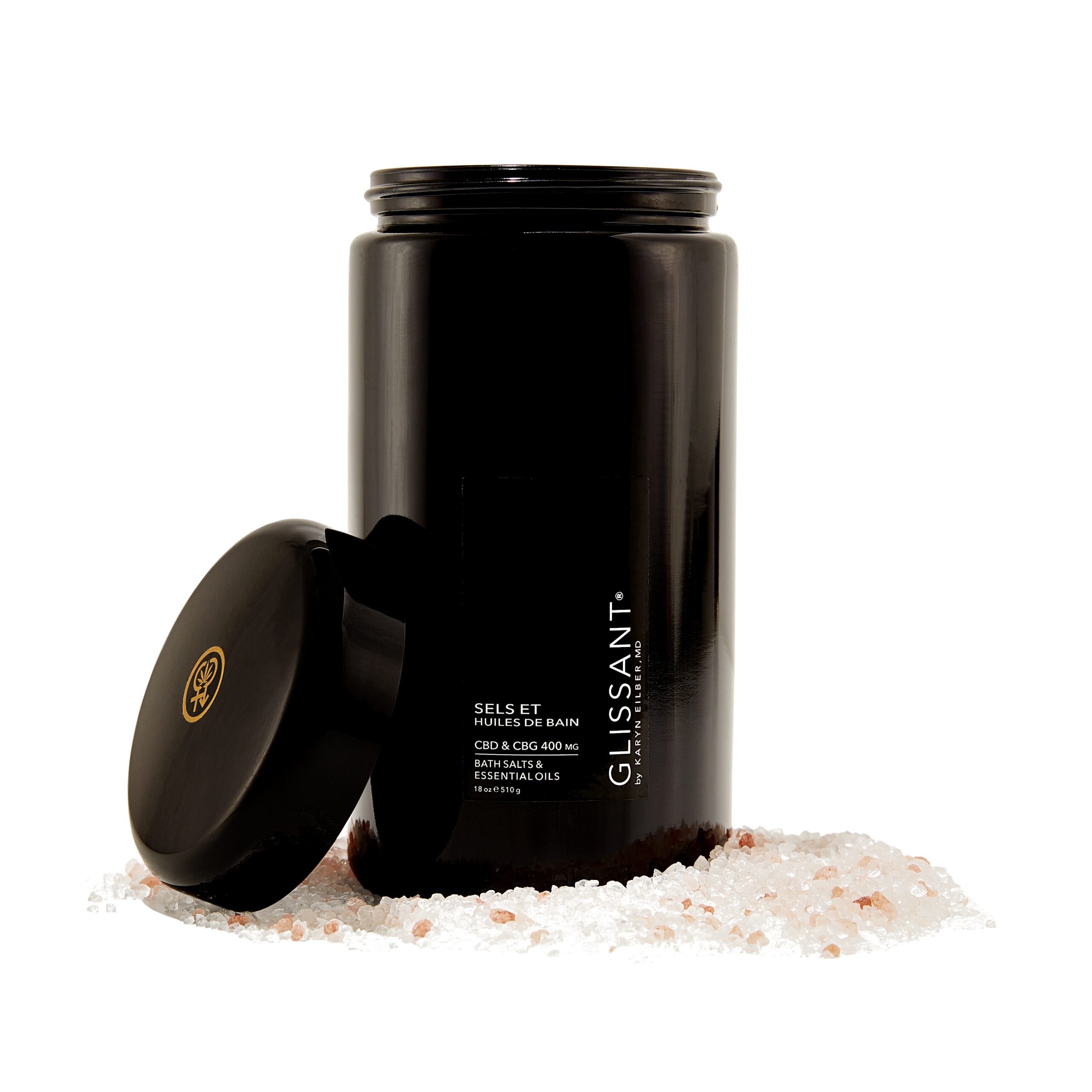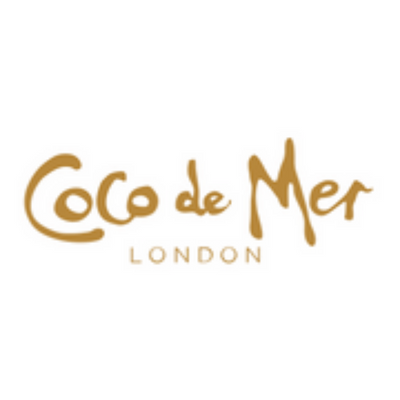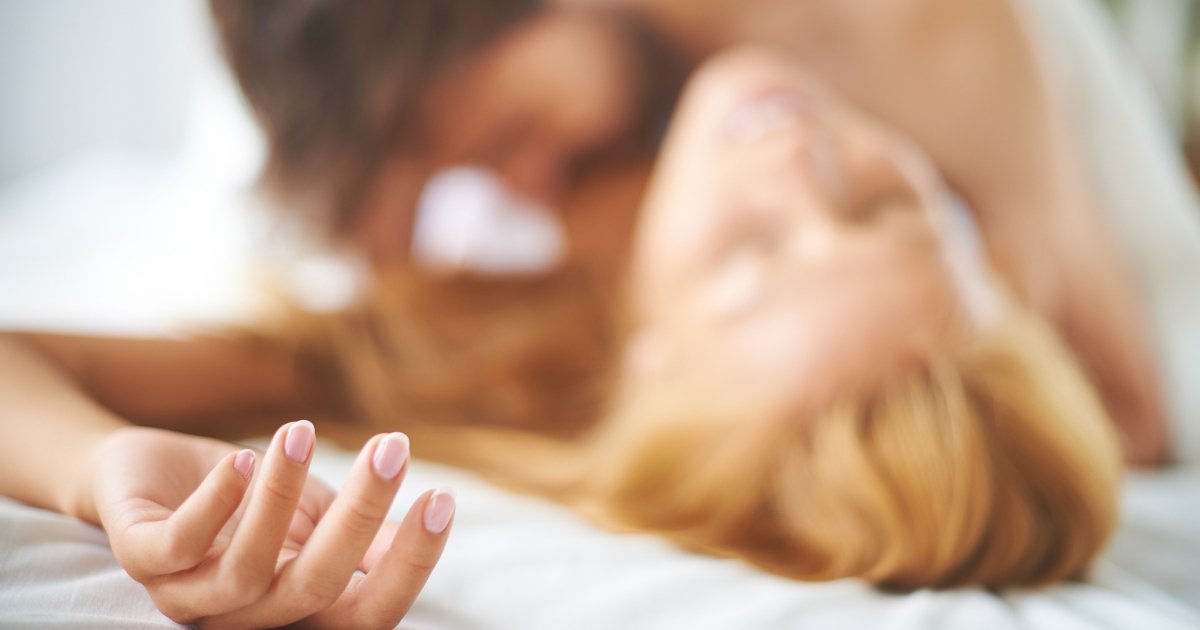By Dr larisse Badenhorst- MBBCh (Wits) HIV Dipl (CMSA) B.Sc. Hons Genetics (UFS) | Medical doctor with special interest in sexual health | SASHA Gauteng Chairperson
What is libido?
Libido is described as the desire for sexual activity. The most common issue for which couples seek
help is low desire. The partner with “low” desire is the one who wants sex too infrequently for the
other partner’s satisfaction. Ironically, it is not the desire discrepancy that causes the issue; it is how
the couple manages it. Great sex is not about what you do with your partner, nor about which body
part goes where or how often, or for how long; but about how you share sensation in the context of
profound trust and connection.
Sex does not happen in the bedroom – all the connection, safety & engagement happens outside of
the bedroom. Good sex depends as much/more on your out-of-bedroom behaviour as it does with
anything you do in the bedroom.
What is intimacy?
There are 5 types of intimacy:
Physical Intimacy
This includes everything from outercourse such as holding hands, kissing, massage,
foreplay, to intercourse.
Emotional Intimacy
(Talk and listen the IMAGO way). Is the ability to share your innermost feelings,
to be a supportive partner, to be able to express tender, loving and affirming words. To be able to be
vulnerable with each other.
Intellectual Intimacy
(Find a common interest). Is the ability to share your thoughts and ideas, for
example, discussing the news, political events, work issues, brainstorming –a meeting of the minds.
Spiritual Intimacy
Refers to whether we can connect by going to church or temple or mosque
together. Have we discovered another form of spirituality that we would like to explore?
Experiential Intimacy
(Play, have fun together, travel, be challenged, learn). What activities do we do
together as a couple? Such as going to the gym together, hiking, walking, cooking.
What influences libido and intimacy?
Sexual arousal, desire & orgasm change all the time. Mostly they change in response to change in our
context – our environment and our mental states, our mood, our relationships, our lives. Context is
made of 2 things: circumstances of the present moment (whom you’re with, where you are, etc.) and
your brain state in the present moment (relaxed or stressed, trusting or not, loving or not, etc.). So,
context is therefore your external circumstance and your internal state.
The context has a major influence on your “DUAL CONTROL MODEL” – this model proposes that
sexual responses involve an interaction between sexual excitatory and sexual inhibitory processes.
1. Sexual accelerators
(sympathetic nervous system) – sexual excitation system: sex-relates
stimuli in the environment (things you see, taste, smell, touch or imagine.
2. Sexual brakes
(parasympathetic nervous system) – sexual inhibition system: identifies
potential threats BUT there are 2 types: the foot brake (associated with fear of performance
consequences) and the hand brake (associated with fear of performance failure).
Your level of sexual arousal is the product of how much stimulation the accelerator is getting and
how little stimulation the brakes are getting. It is also a product of how sensitive your brakes and
accelerators are to that stimulation. The goal to understanding your brakes and accelerators is not to
understand your partner but to understand YOU.
It is important to understand there are different desires: responsive desire (responding to
stimulation); spontaneous desire. Women mostly experience “responsive” desire, in which her desire
emerges only in a high erotic context. This is not wrong. It can be fulfilling to engage even if you
don’t want to (you give from a place where you know it means something to someone else).
What are the medical causes of low libido?
From a medical perspective, there are a few things that can influence your libido. These are
important to consider and discuss with your medical provider:
- Thyroid problems
- Recurrent genital or bladder infections
- Sexual Transmitted infections
- Incontinence
- Chronic diseases (Diabetes, Heart Disease)
- Androgens (testosterone)
- Neurological conditions
- Surgery
- Cancer, Chemo and Radiation
- Hormonal Problems including PCOS, Menopause, Burnout, etc.
- Depression and Anxiety – this leads to over secretion of adrenaline thus blocking or
neutralizing the other chemicals like oxytocin, endorphins, and serotonin. - Any other psychiatric conditions
- Low self-esteem or body image problems
- Stress (pleasure centers switch off)
- Parenthood influences sexual confidence.
- Sexual trauma – This automatically switches on the body’s survival process (fight and flight)
kicks in and hijacks the sexual play process, leading to dissociation/ distraction/ and
disconnection. - Medication (these include Combined Hormonal Contraception (Pill/Patch/Ring), Depression
and Anxiety Medication, Anti-Epileptics, Pain medication, Anti-hypertensives, Statins,
Diabetes medication, Proton Pump Inhibitors, Antihistamines (for hay fever). NB to treat
medical conditions optimally, just use medication with the least side. Never stop medication
without consulting with your doctor. - Sexual pain – leads to discomfort and interruption of the pleasure process.
What is the treatment for libido and intimacy problems?
There is no one-size-fits-all treatment for libido and intimacy issues. Remember that this is a couple
problem and not an individual problem. It is important to seek medical advice for your individualised
treatment/assistance plan.
Tips to deepen your intimacy in your relationship:
There is no one-size-fits-all treatment for libido and intimacy issues. Remember that this is a couple
problem and not an individual problem. It is important to seek medical advice for your individualised
treatment/assistance plan.

